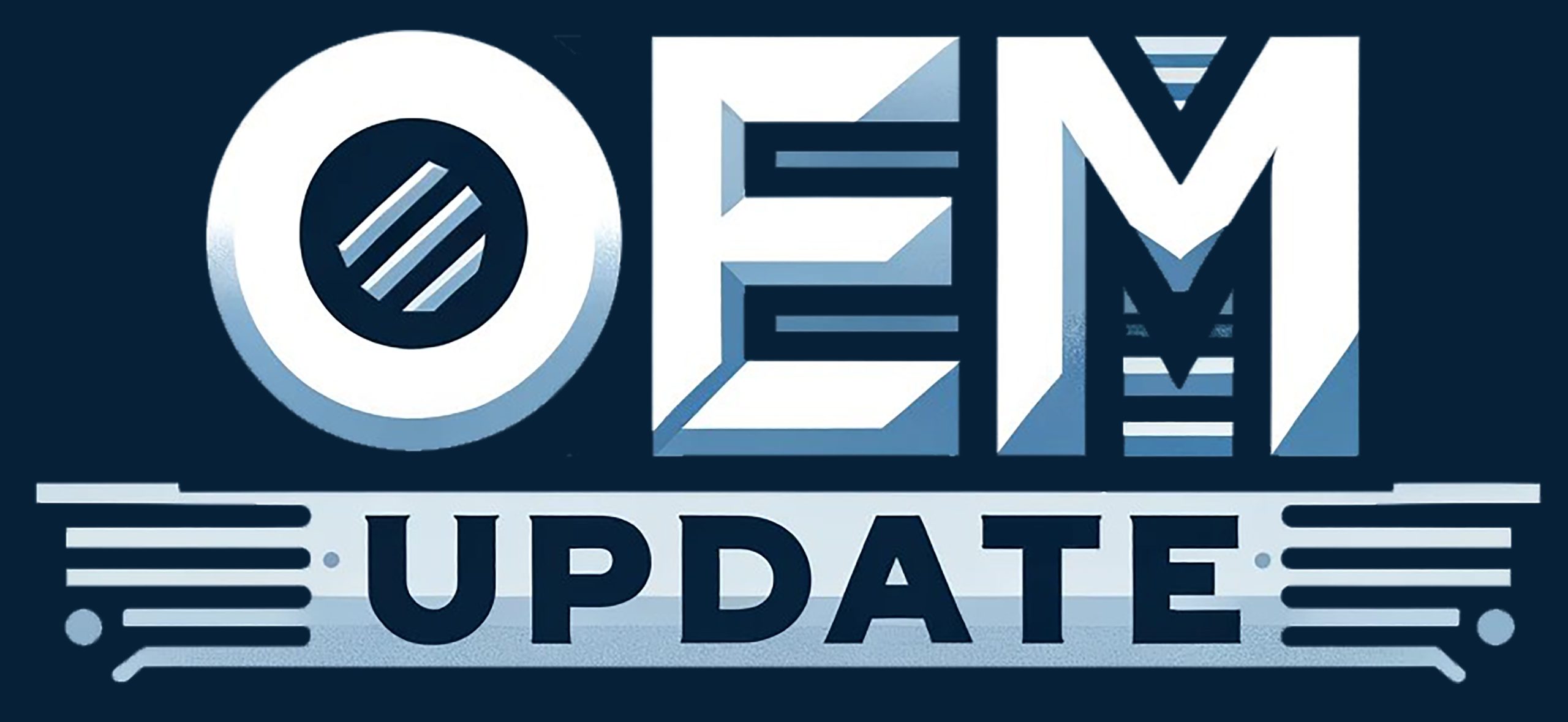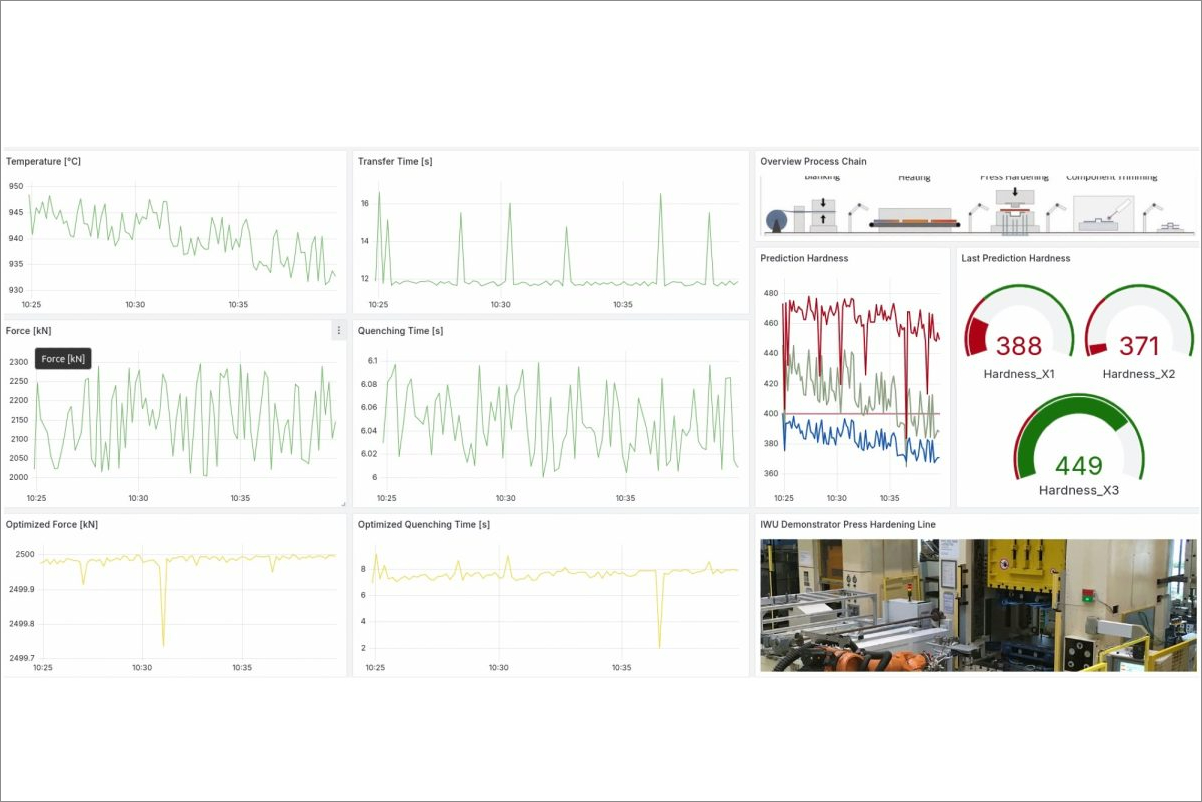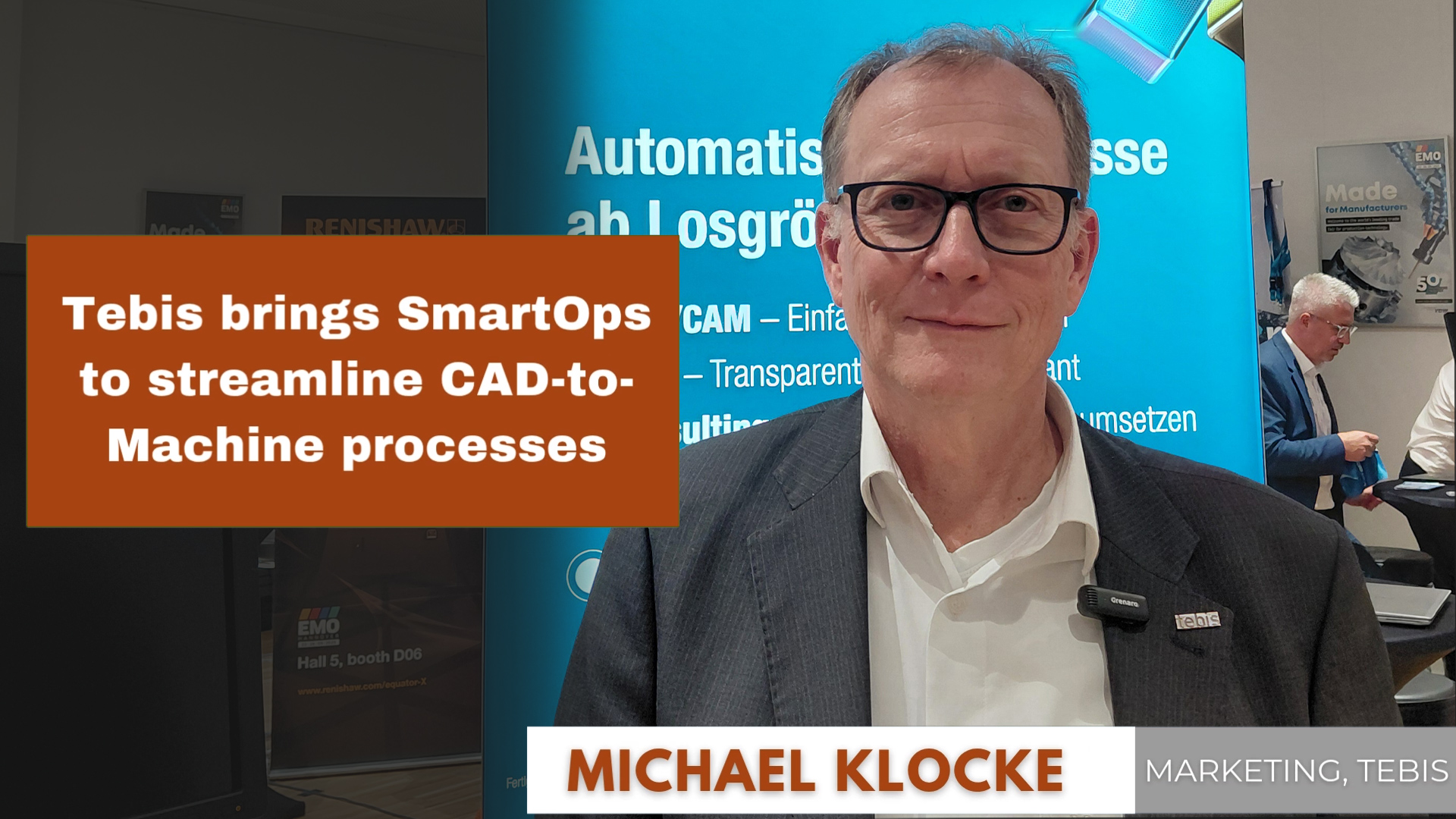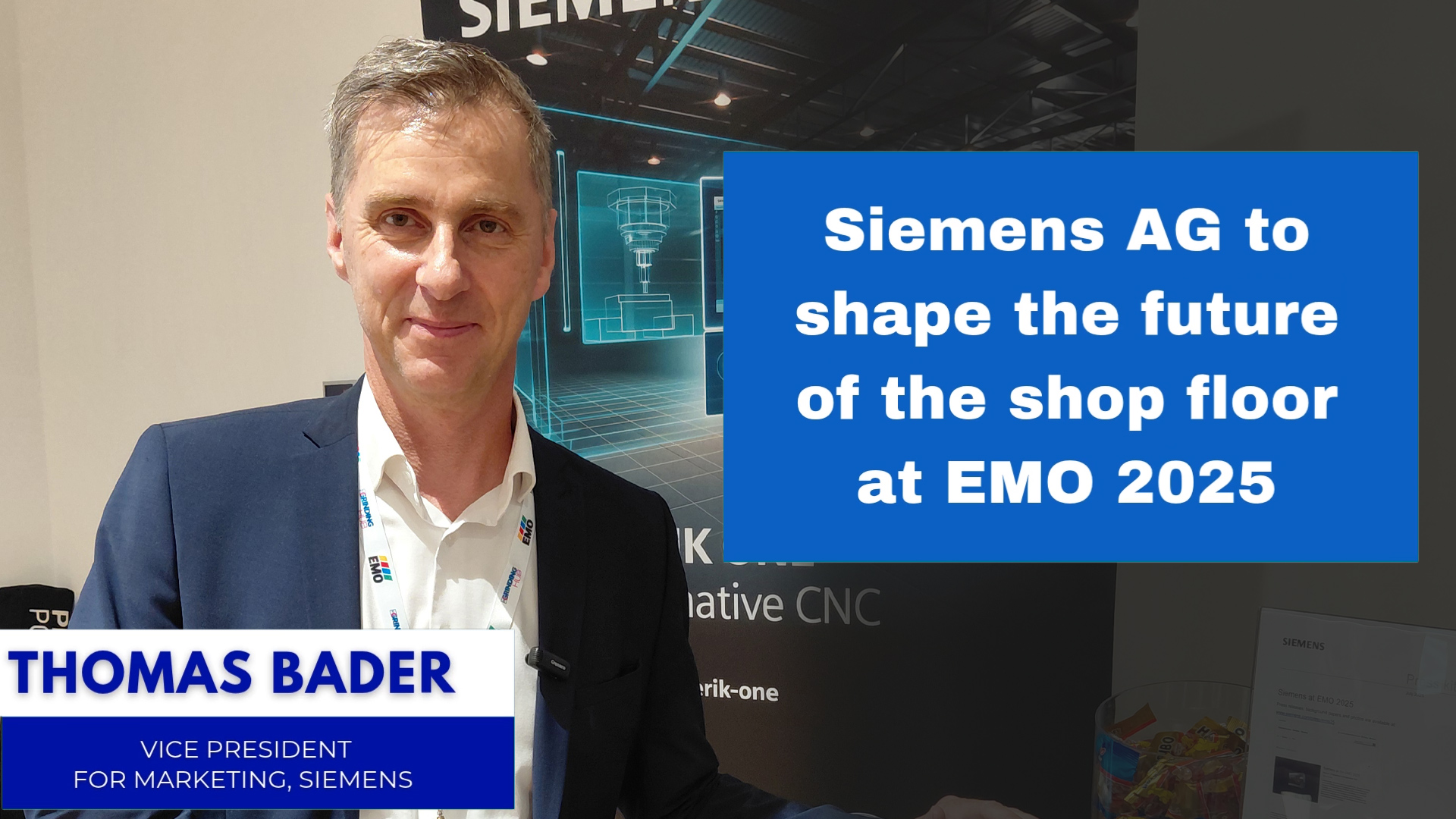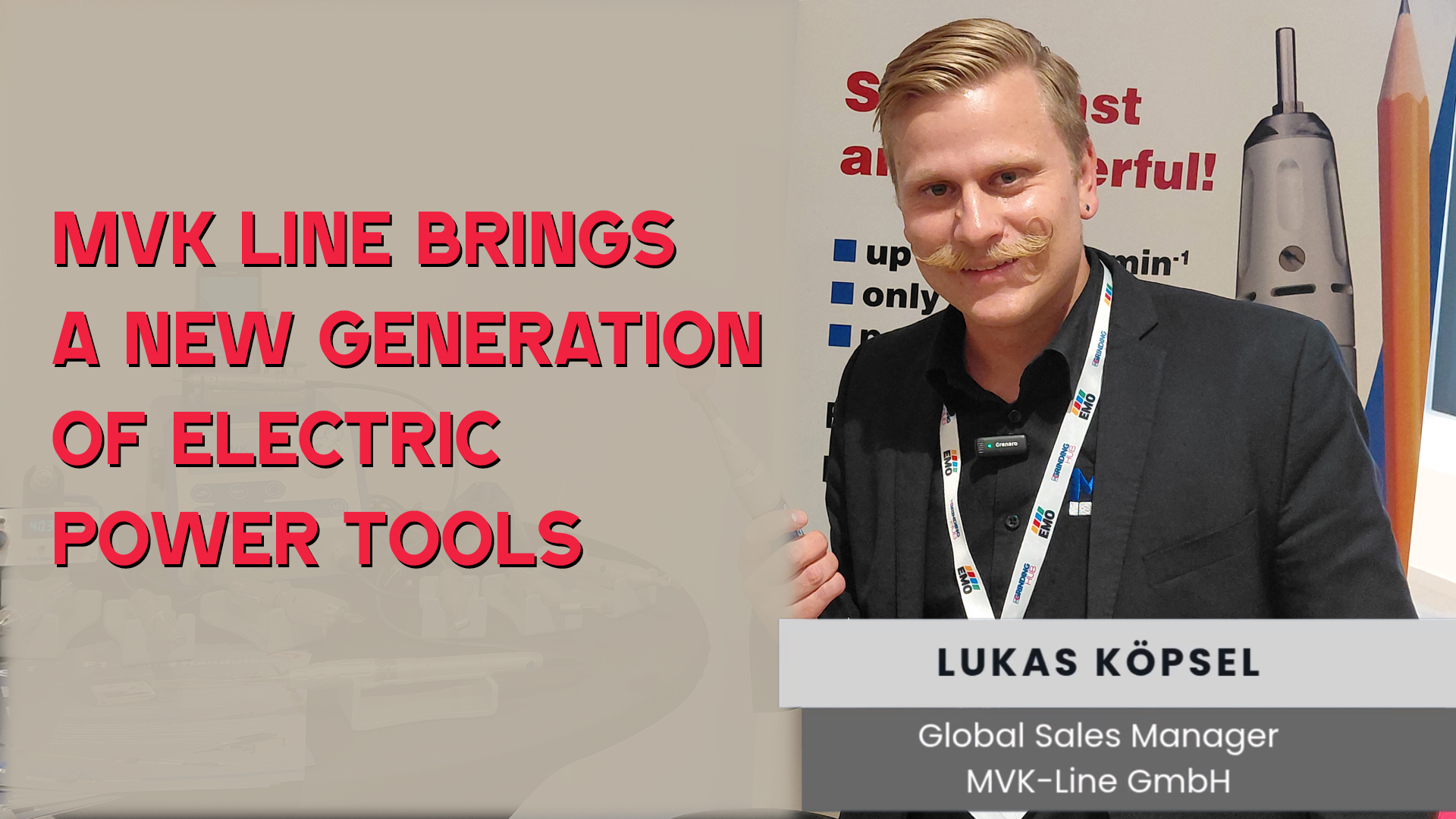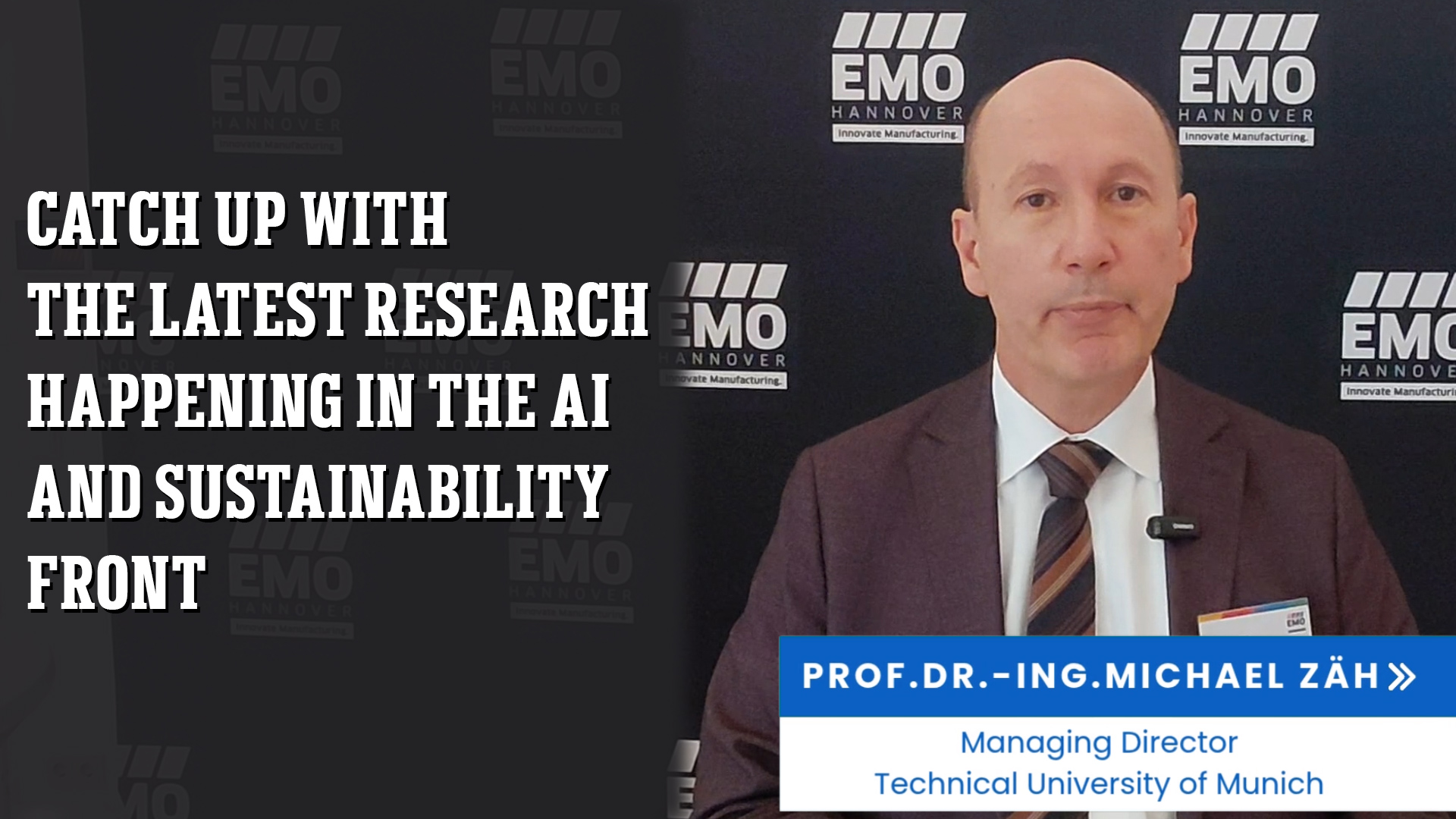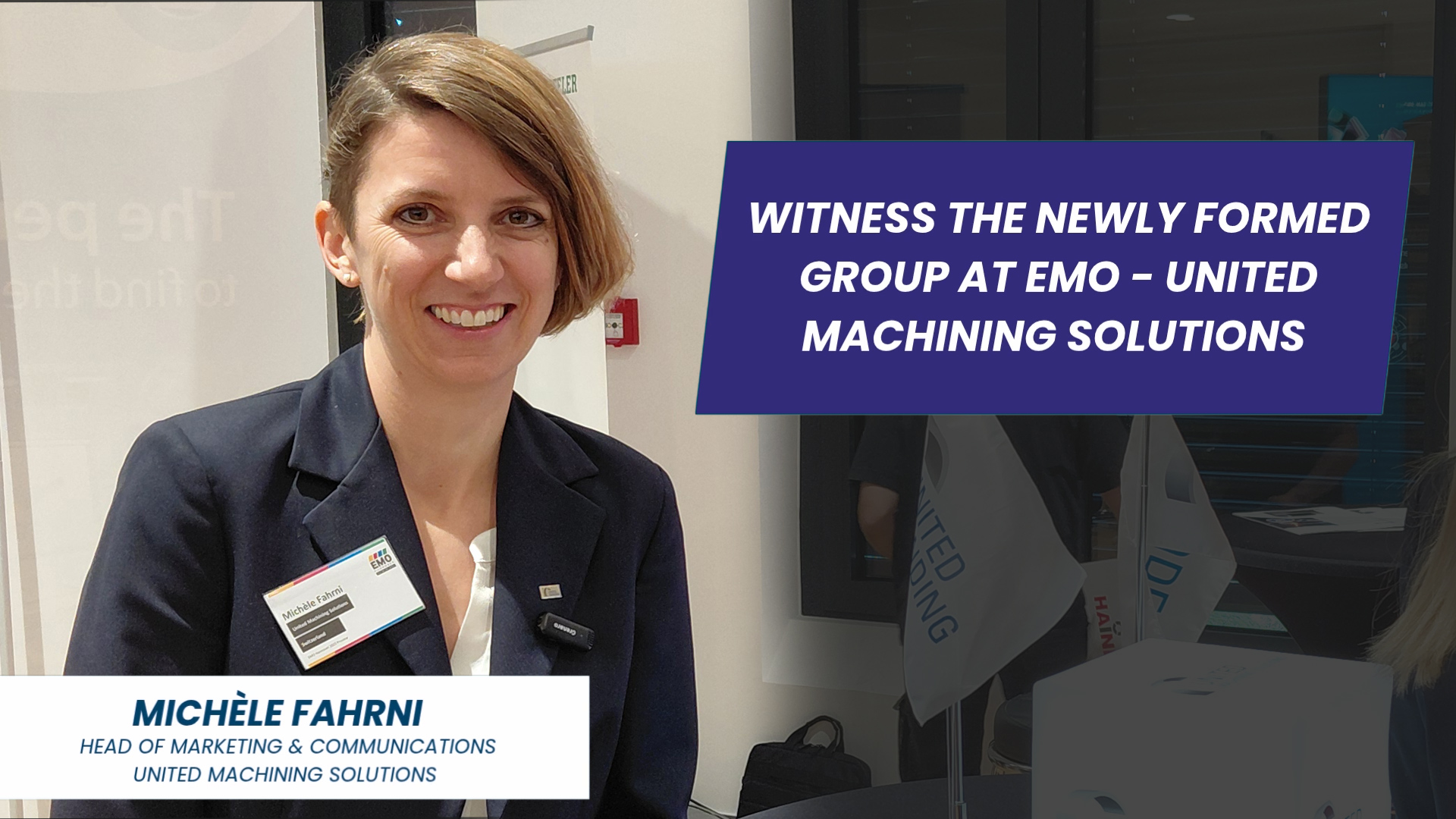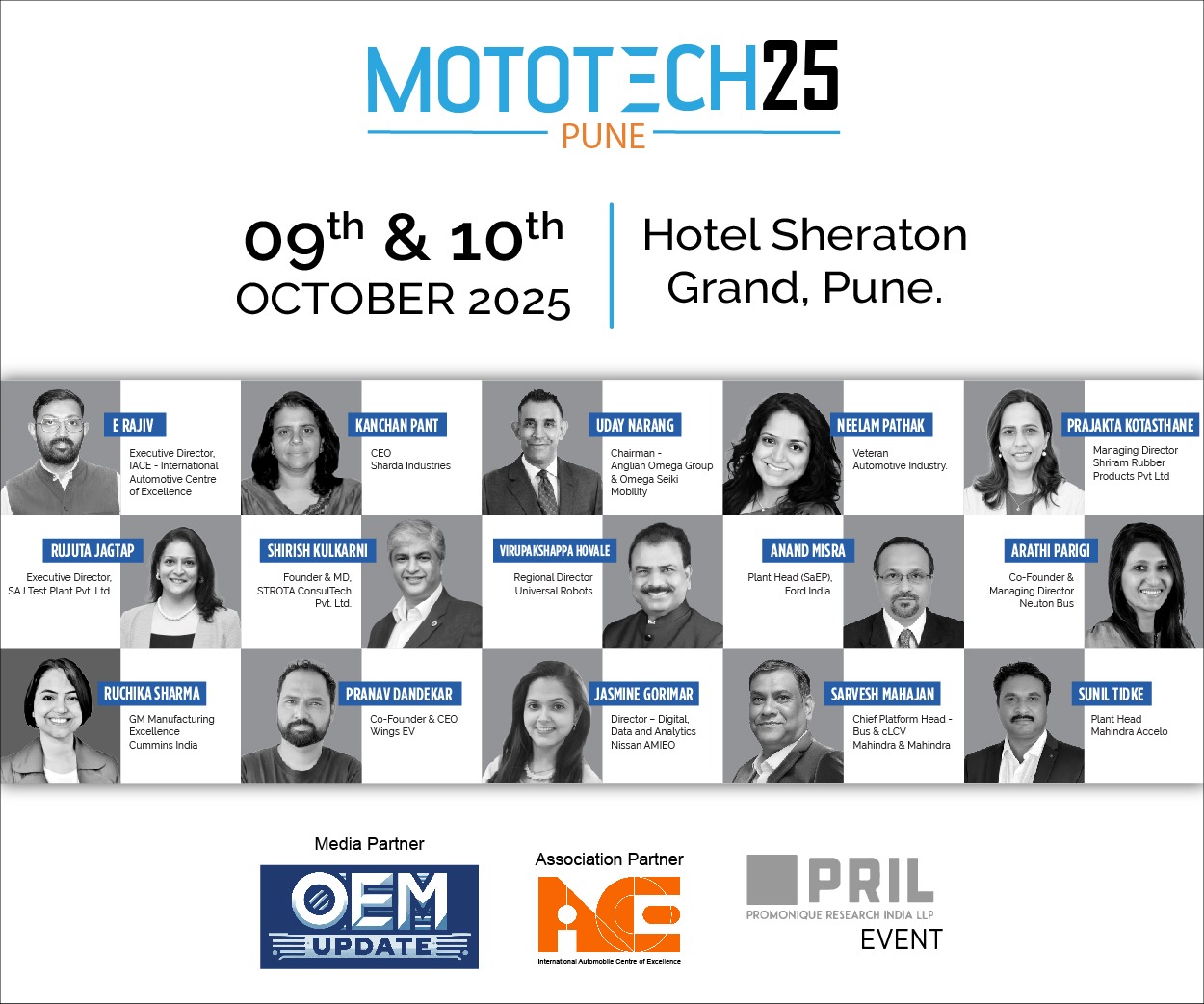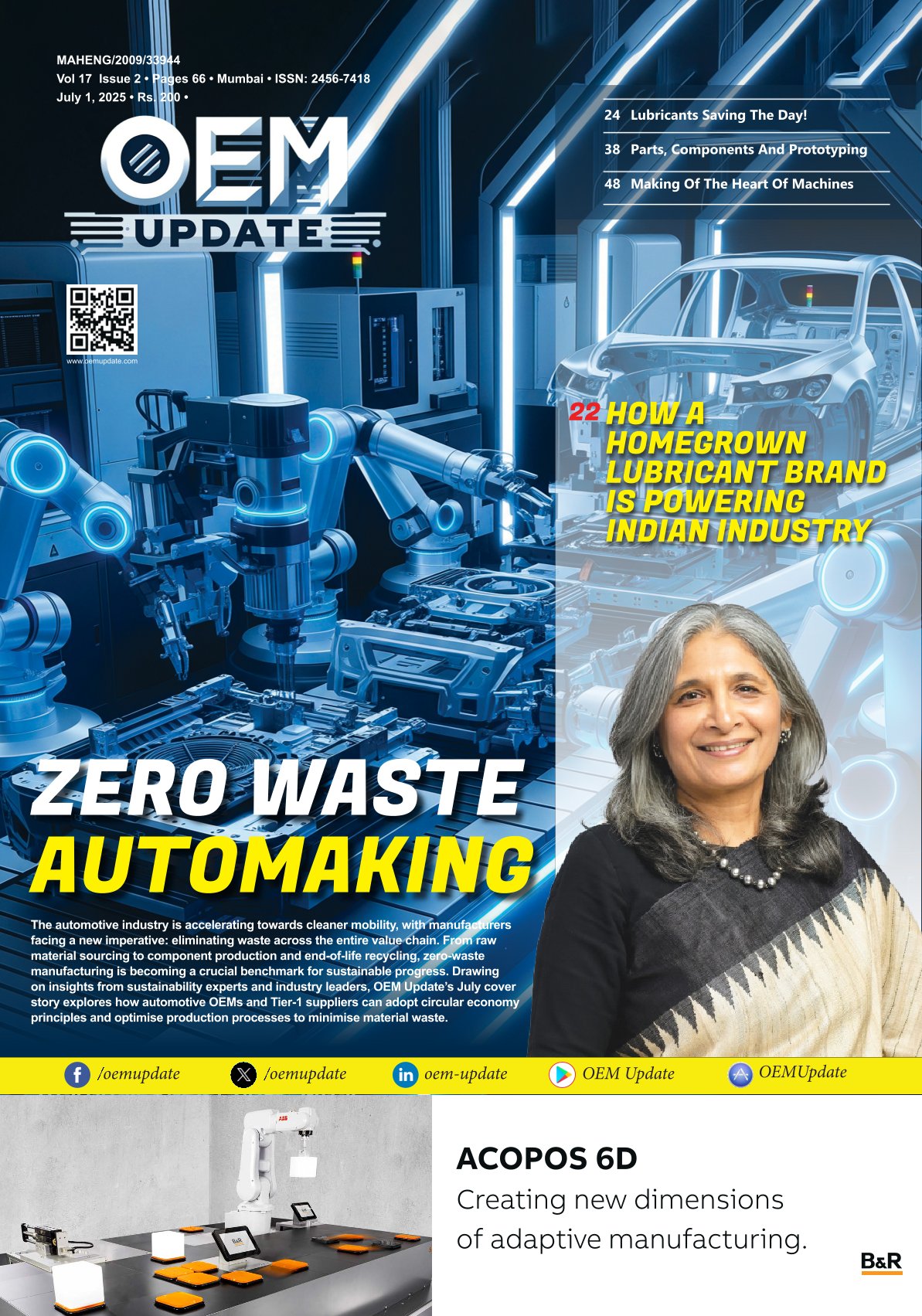India is adopting a Glocal approach—global vision, local adaptation
By Staff Report June 5, 2025 8:11 pm IST
India is opening its door to the world with a glocal approach—melding global expertise with local strengths. Rajesh Nath, Managing Director, VDMA India, shares insights on how OEMs navigate this globalisation, deal with trade challenges, and grow in a borderless industrial landscape.
How has globalisation influenced the operations of OEMs, and what challenges do they face in borderless trade?
Globalisation has transformed OEM operations from region-focused manufacturing units to highly integrated global ecosystems. It has enabled OEMs to access diverse markets, optimise cost structures by leveraging global supply chains, and collaborate across borders to accelerate innovation. Today, an OEM in India might design in Germany, source from Southeast Asia, and serve customers in North America—all in a single production cycle.
However, borderless trade isn’t without its complexities. OEMs face geopolitical uncertainties, inconsistent regulatory standards, and supply chain disruptions, exemplified starkly during the pandemic and recent geopolitical conflicts.
Furthermore, while globalisation promises scale, maintaining quality, compliance, and customer proximity across continents becomes a balancing act. To thrive, OEMs must invest in digital infrastructure, embrace global standards, and build agile, resilient supply chains that can withstand volatility while delivering value globally.
How do geopolitical tensions (such as US-China trade disputes, Brexit, etc.) impact global trade and supply chains?
Geopolitical tensions are reshaping the contours of global trade and supply chains. Events like the US-China trade disputes, Brexit, and recent regional conflicts have exposed the vulnerabilities of over-dependence on single-source supply chains. For OEMs, this means rethinking procurement strategies, diversifying supplier bases, and relocating critical operations closer to end markets—a trend often referred to as “friend-shoring” or “nearshoring.”
The ripple effects are significant: rising costs, longer lead times, and the need for more transparent, tech-enabled supply chain management. Manufacturers are now compelled to balance efficiency and resilience, often prioritising geopolitical stability over cost advantages.
Moreover, this geopolitical churn underscores the importance of collaboration over confrontation for globally integrated sectors like manufacturing, pushing companies and countries alike to redefine trade partnerships and standardise cross-border regulations to ensure continuity.
What role do international trade agreements and policies play in shaping the global operations of OEMs in India?
International trade agreements and policies are enablers and gatekeepers for OEMs operating in India. Free Trade Agreements (FTAs), bilateral treaties, and regional blocs like the EU or ASEAN influence everything—from import duties and sourcing decisions to technology transfers and market access. For OEMs in India, these agreements can open doors to global supply chains, ease export restrictions, and encourage foreign investment. For instance, India’s evolving trade relations with the EU and the UK offer OEMs opportunities to tap into advanced markets. At the same time, policies like the Production-Linked Incentive (PLI) schemes incentivise global players to set up manufacturing bases in India.
However, frequent policy changes, complex compliance norms, and lengthy trade negotiations can create uncertainty. OEMs must stay agile and informed, aligning their strategies with shifting trade dynamics to optimise operations while ensuring compliance.
In essence, trade policies shape the operating canvas, determining where OEMs manufacture, how they source, and whom they serve.
What strategies are OEMs adopting to balance global expansion with regional economic and political uncertainties?
OEMs are becoming more intentional about balancing global expansion with regional uncertainties by embracing a “glocal” approach—global vision and local adaptation. This means expanding footprints in high-growth regions while building resilience into operations through diversified supply chains, multi-location manufacturing, and local sourcing.
Many are shifting from a centralised, efficiency-driven model to a decentralised, risk-mitigated structure. For instance, an OEM might maintain R&D in Europe, manufacturing in India, and distribution hubs in Southeast Asia, ensuring continuity even if one region faces disruption.
Scenario planning, geopolitical risk assessments, and greater investment in digital supply chain visibility are also now core to strategic decision-making. Additionally, partnerships with local suppliers and governments help OEMs navigate regulatory landscapes more effectively while fostering trust and compliance.
How have supply chain disruptions (pandemic, semiconductor shortages, logistics crises) changed the supply chain strategies?
Supply chain disruptions—from the pandemic to semiconductor shortages and logistics bottlenecks- have rewritten the global supply chain strategy rules. Once hailed for efficiency, the traditional “just-in-time” model gives way to “just-in-case” approaches that prioritise resilience over cost-cutting.
OEMs diversify supplier networks, increase inventory buffers, and regionalise production to reduce overdependence on any single country or route. Dual sourcing and multi-shoring have become common, with companies setting up alternate manufacturing hubs in India, Vietnam, or Eastern Europe.
Investment in digital technologies has increased over time, with AI-driven demand forecasting, real-time tracking, and end-to-end supply chain visibility becoming critical to anticipating and mitigating disruptions.
What better can organisations such as ISO, IEC, and government agencies play in shaping global manufacturing standards?
Organisations like ISO, IEC, and proactive government agencies are the silent architects of seamless global manufacturing. Developing and promoting universal standards enables OEMs across borders to speak a common technical language, ensuring quality, safety, and interoperability, regardless of geography.
Harmonised standards act as accelerators in an interconnected manufacturing world. They reduce compliance complexities, ease market entry, and foster innovation by allowing global players to build on a shared foundation. For emerging manufacturing hubs like India, alignment with global norms helps position the country as a reliable partner in the international supply chain.
Moreover, these organisations must move faster and more collaboratively, working closely with industries to develop standards that keep pace with technologies like AI, additive manufacturing, and green production.
Standard-setting bodies and policymakers shape competitiveness. Their evolving role is central to a truly “One World, One Market” manufacturing reality.
How can OEMs prepare for future disruptions (climate change, trade wars, cybersecurity threats)?
Future disruptions—whether from climate change, trade wars, or cybersecurity threats—aren’t distant risks anymore; they’re strategic realities. OEMs must build resilience into their DNA, moving from reactive responses to proactive preparedness to stay ahead.
This begins with risk mapping and scenario planning, enabling OEMs to identify vulnerabilities across geographies, suppliers, and technologies. Sustainability is now a business imperative—OEMs are adopting cleaner processes, investing in circular economy models, and aligning with global ESG goals to mitigate climate-related risks.
To navigate trade volatility, OEMs are regionalising operations and cultivating diversified supplier ecosystems so they can pivot quickly during disruptions. Cybersecurity is equally critical. With smart factories and connected supply chains, OEMs must now secure their digital infrastructure as rigorously as their physical assets.
How do you see the role of German OEMs evolving in India’s manufacturing landscape under the concept of a borderless global market?
German OEMs aim to bridge precision engineering with local dynamism in a borderless global market and play an even more influential role in India’s manufacturing evolution.
Known for their high-quality standards, automation expertise, and long-term commitment, German companies bring a strong culture of process excellence, sustainability, and technology. In recent years, German OEMs have deepened their footprint in India as exporters and local partners, setting up R&D centres, manufacturing units, and skill development initiatives. With India’s push for “Make in India” and global supply chain diversification, German OEMs align well with the country’s aspiration to become a global manufacturing hub.
This synergy is transformational. German engineering complements Indian scale and adaptability, creating a blueprint for globally competitive, locally rooted manufacturing.
What impact do you foresee from geopolitical shifts and trade policies on the flow of machinery, technology, and components between India and Germany?
Geopolitical shifts and evolving trade policies bring challenges and opportunities for both countries. On the one hand, increasing protectionism, supply chain realignments, and regulatory complexities can introduce friction. However, they also create a strong case for trusted bilateral partnerships.
Germany sees India as a strategic production and innovation partner. As global OEMs seek alternatives to concentrated supply chains, India is emerging as a viable hub for manufacturing and sourcing, especially in sectors like automotive, machine tools, and electrical engineering.
The future impact will largely depend on how swiftly trade agreements are finalised and implemented, like the proposed EU-India Free Trade Agreement. A progressive, transparent policy environment can greatly accelerate the flow of advanced German machinery and technology into India, enabling manufacturers to export more value-added components to Europe.
Can you share any successful case studies where collaboration between German and Indian manufacturing players exemplifies the “One World, One Market” vision?
Several successful collaborations between German and Indian manufacturing players are prime examples of the “One World, One Market” vision—where global synergies are harnessed for mutual growth and innovation.
One such case is the partnership between German automaker Volkswagen and Indian automotive manufacturers. By setting up advanced manufacturing plants in India, Volkswagen has localised production for cost efficiency and integrated German automotive technology with India’s production expertise. This collaboration has boosted local production and made India a crucial export hub for VW, connecting Indian-made vehicles to global markets.
Another standout is the collaboration between Germany’s Siemens and Indian companies like L&T and BHEL in the energy and infrastructure sectors. Siemens has introduced high-efficiency turbines and automation solutions, which, combined with Indian manufacturing capacity, have driven significant strides in both renewable energy projects and industrial automation in India. This partnership underscores how German technology and Indian manufacturing scale are co-creating solutions for the global market.
In the machine tools sector, companies like DMG Mori have forged strong ties with Indian counterparts. They provide high-precision machinery while leveraging India’s growing skill base. This cooperation has increased exports from India, demonstrating how German technology and Indian capabilities create a globally competitive manufacturing ecosystem.
These case studies exemplify how the convergence of German engineering excellence and Indian manufacturing flexibility can transcend borders, forming a seamless global market that drives innovation, efficiency, and competitiveness.
Cookie Consent
We use cookies to personalize your experience. By continuing to visit this website you agree to our Terms & Conditions, Privacy Policy and Cookie Policy.
